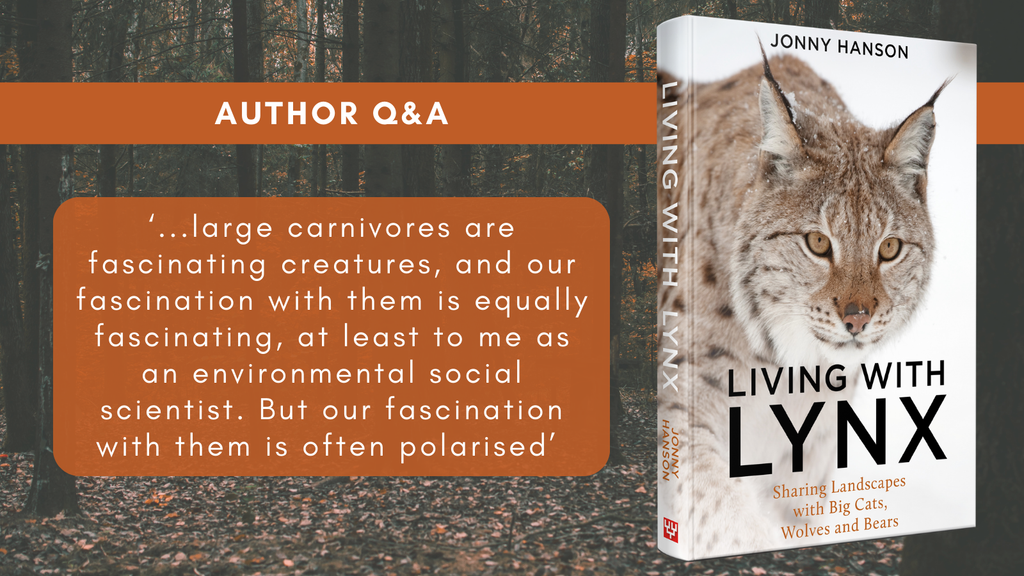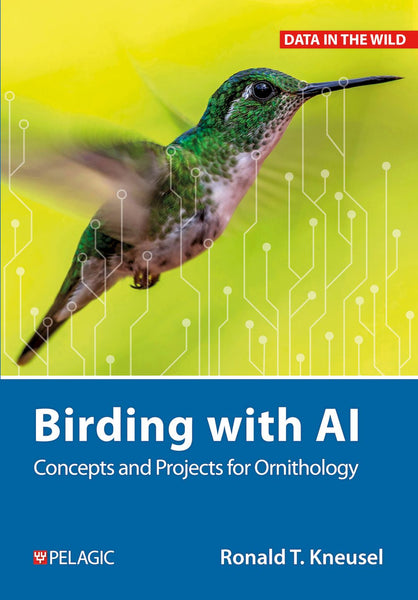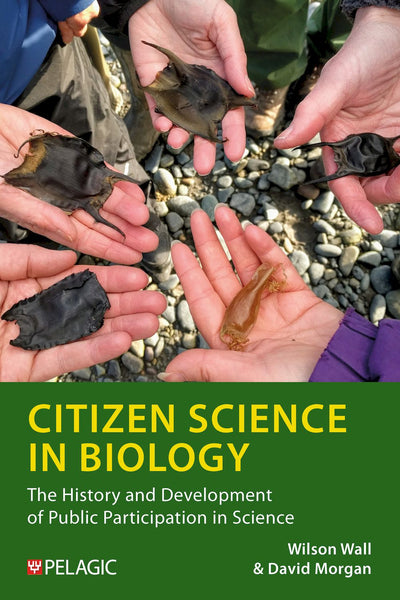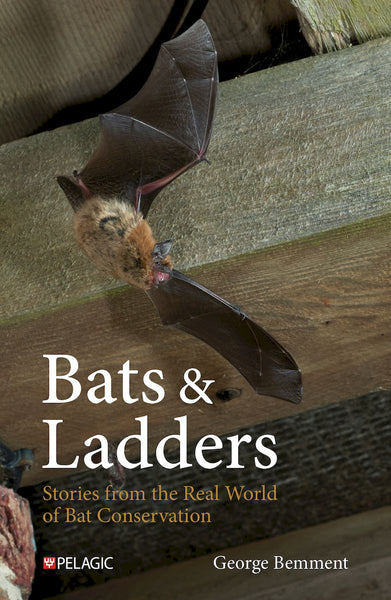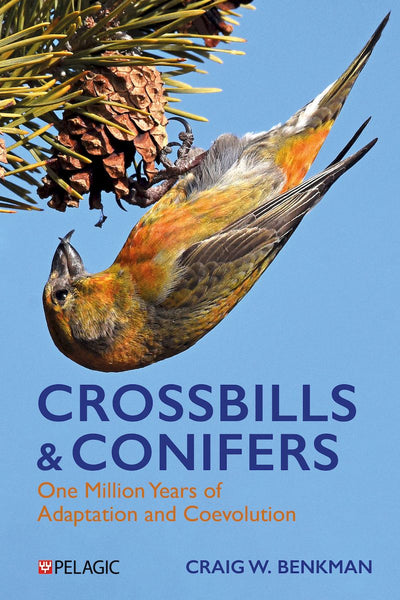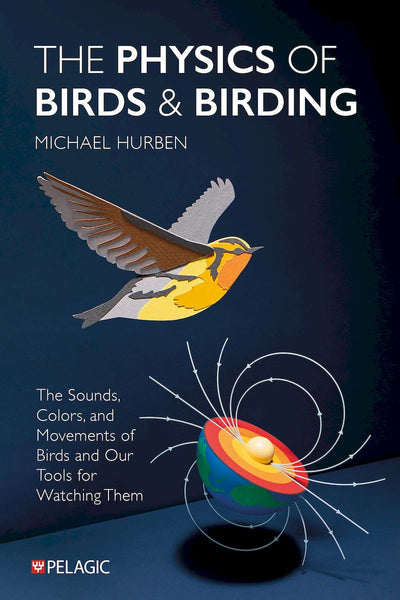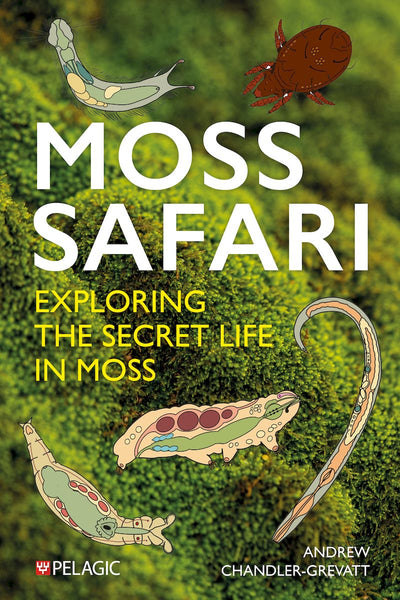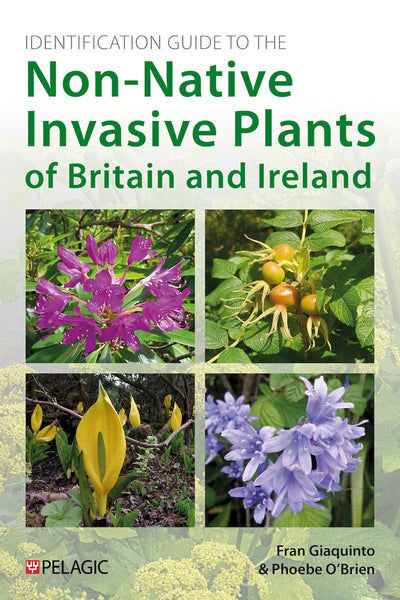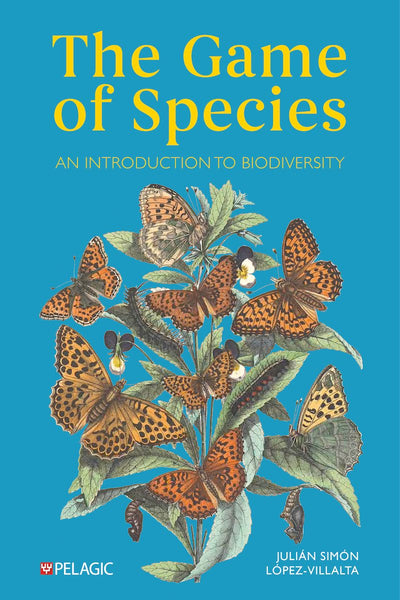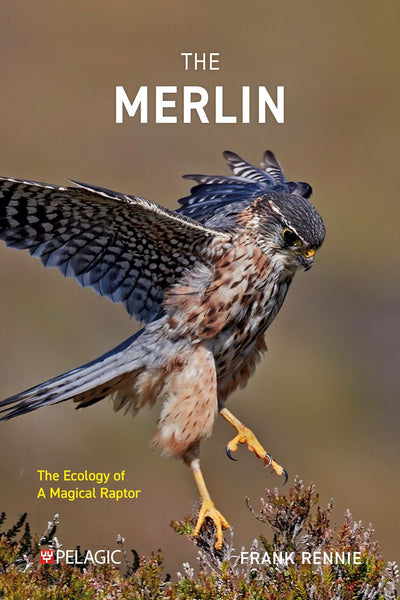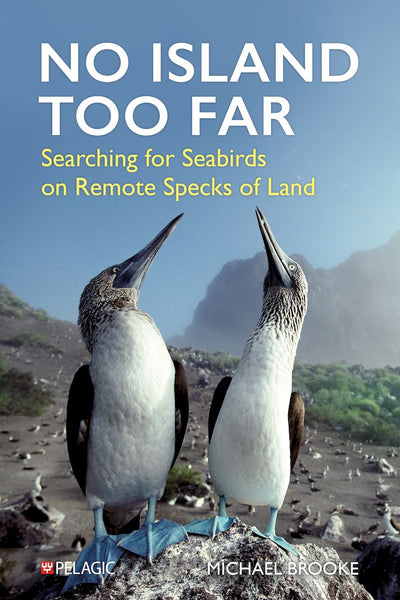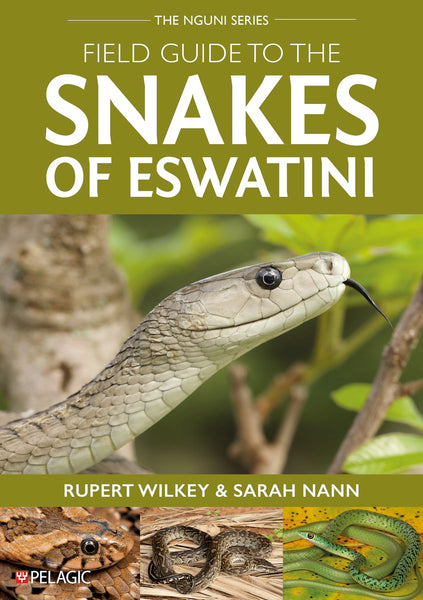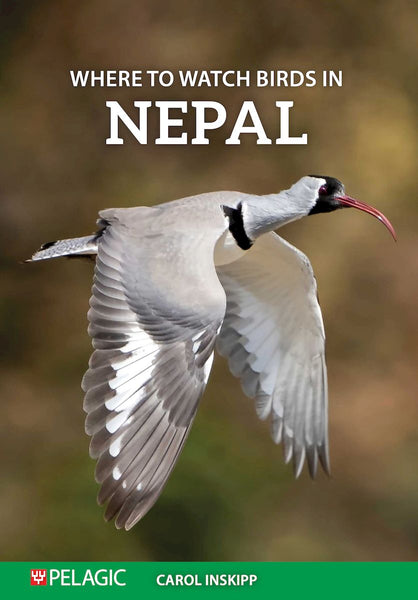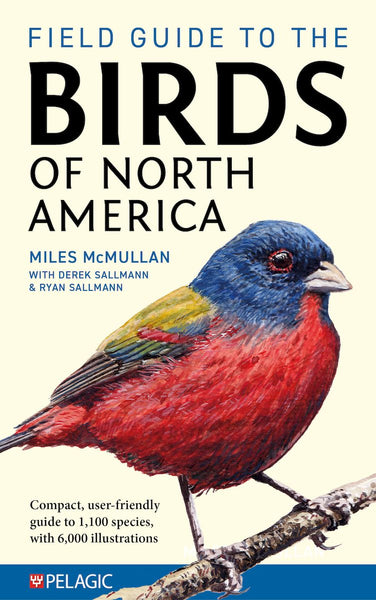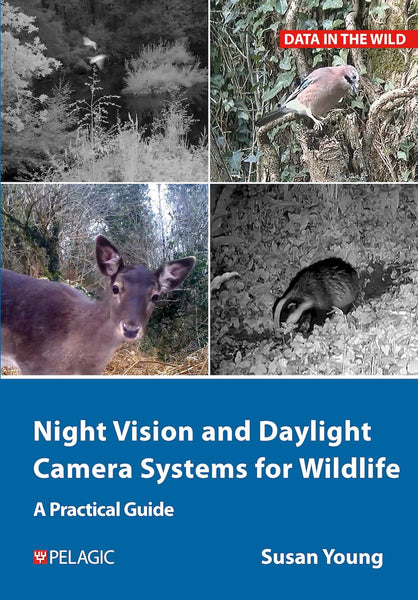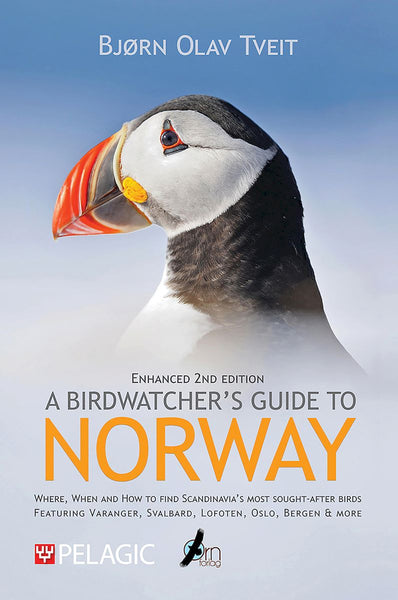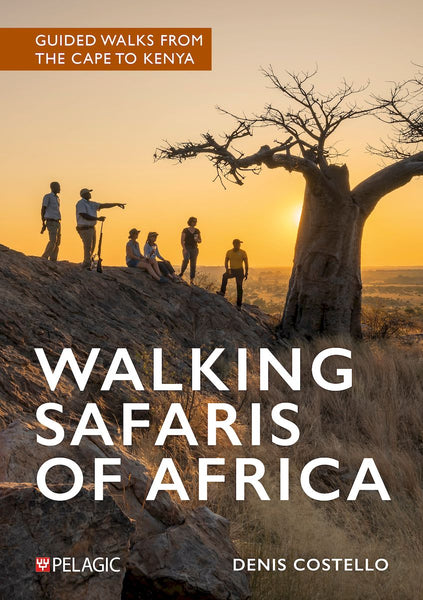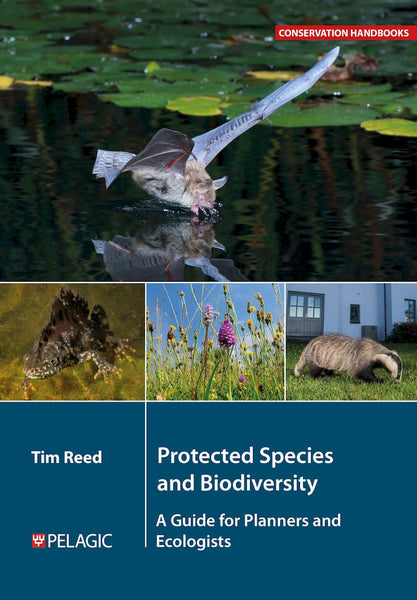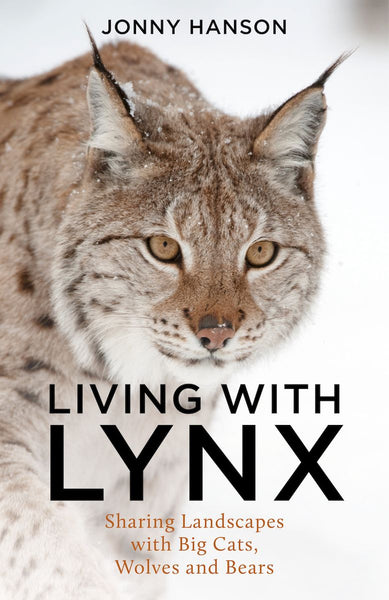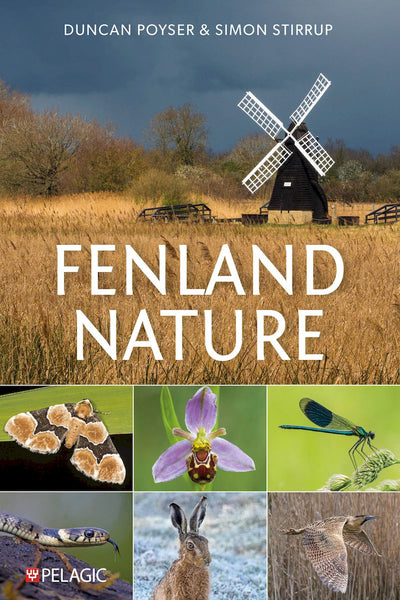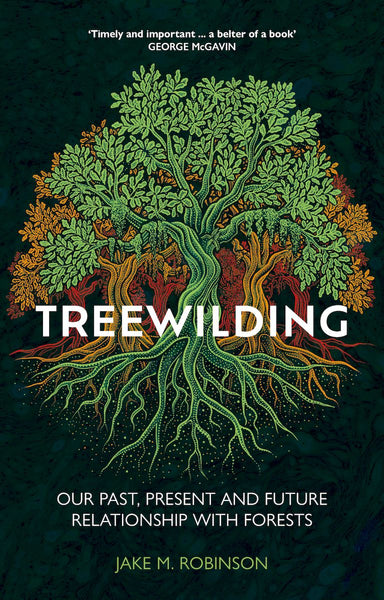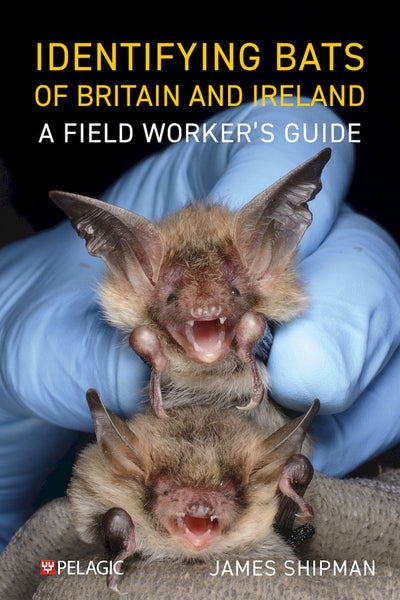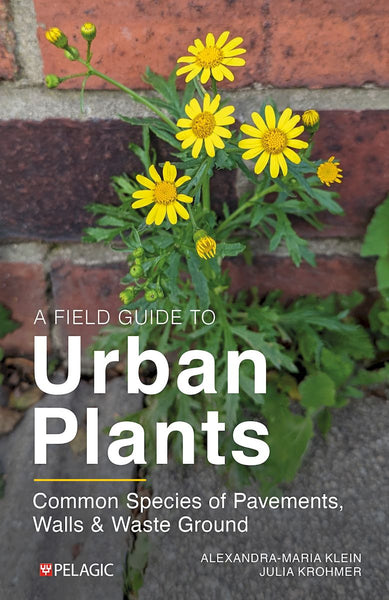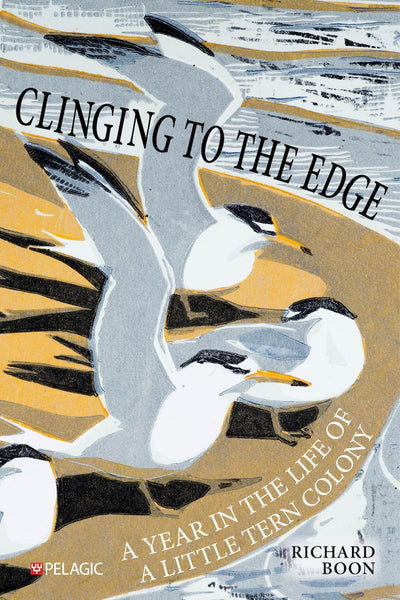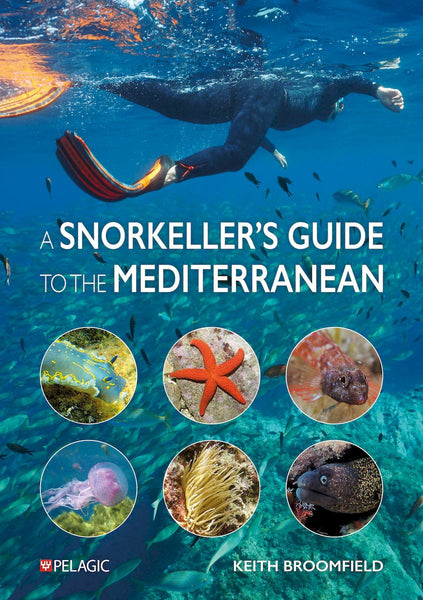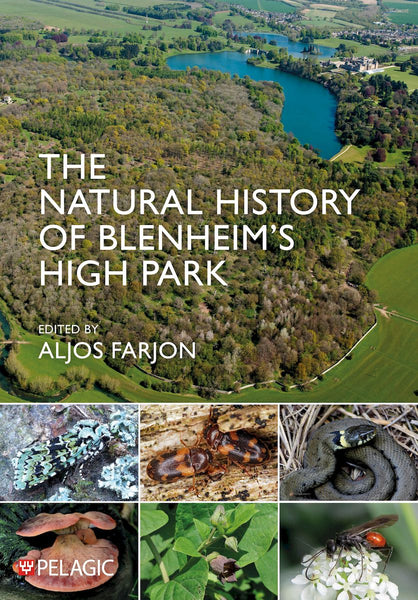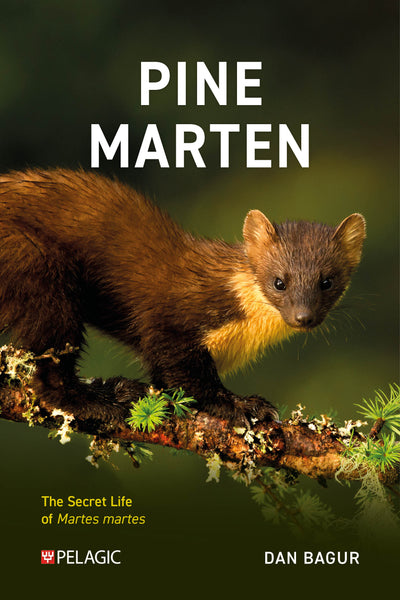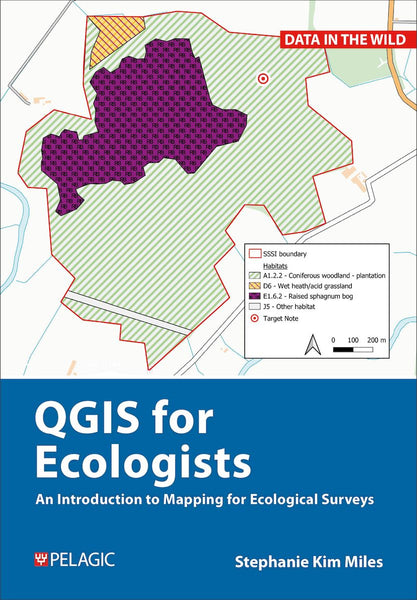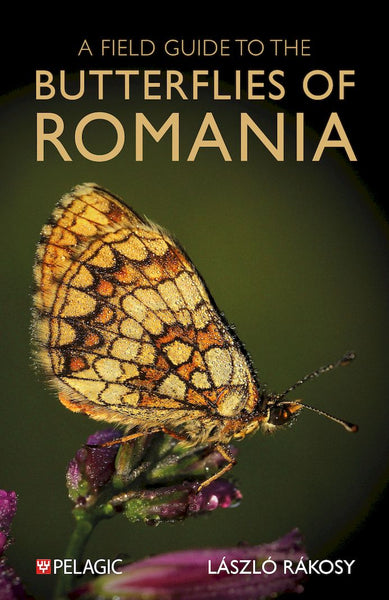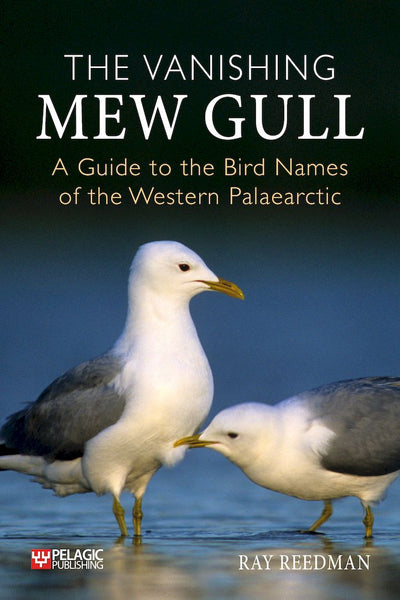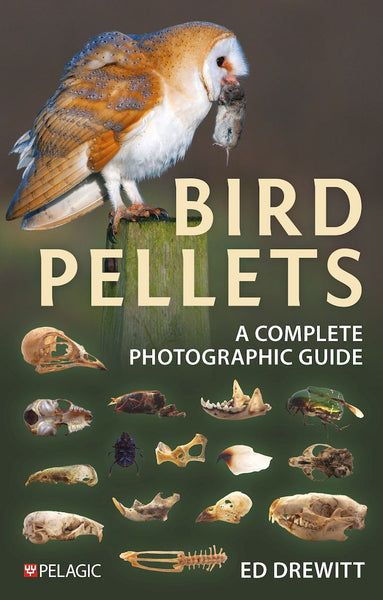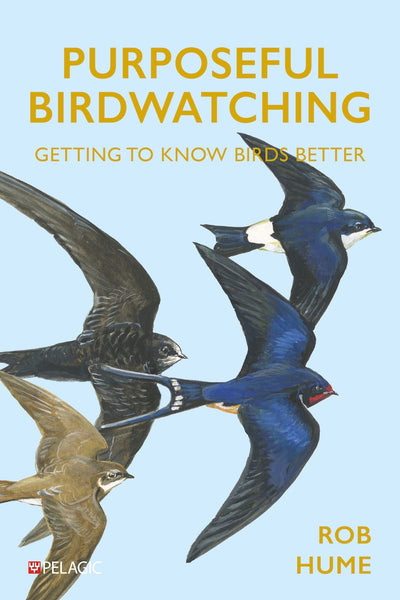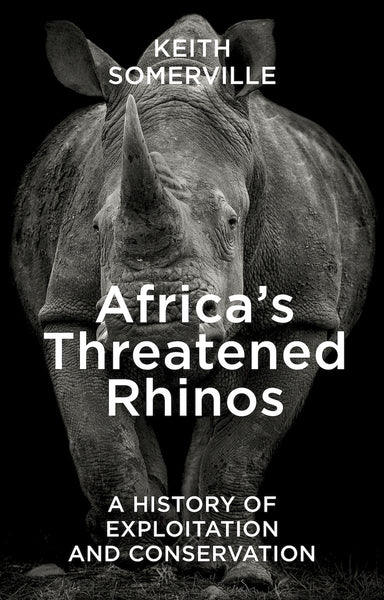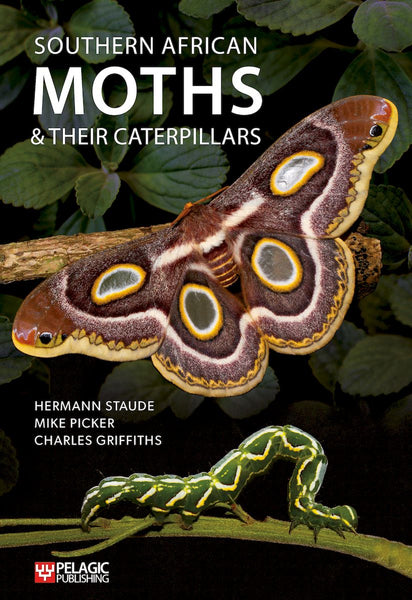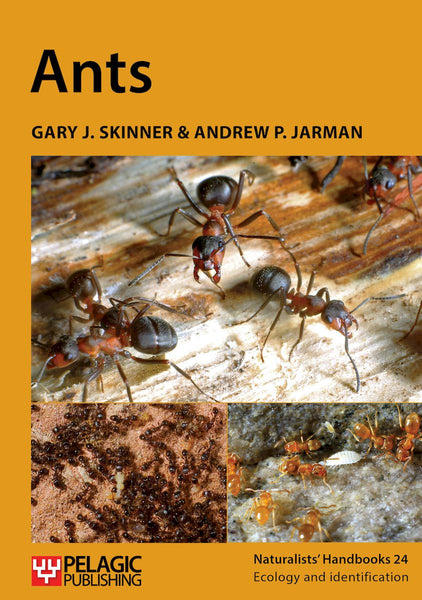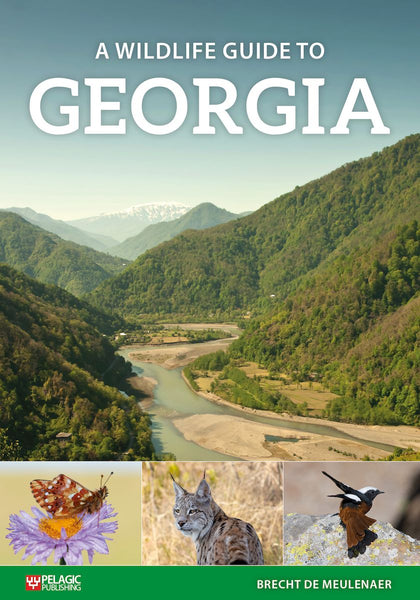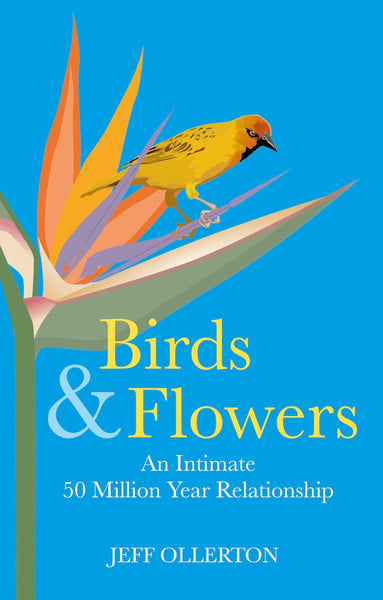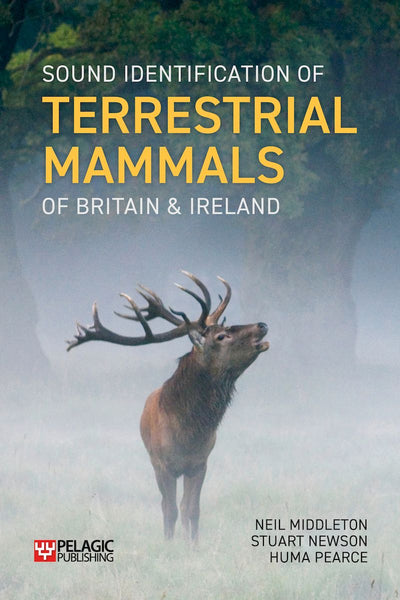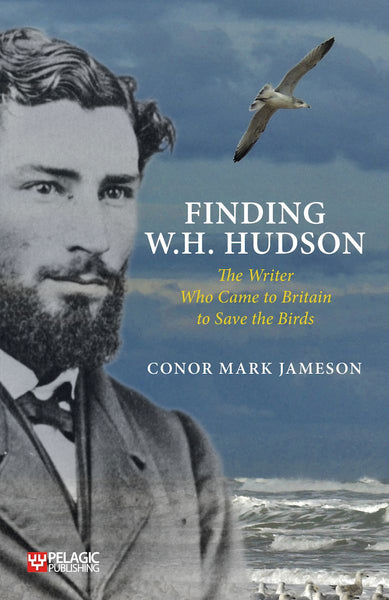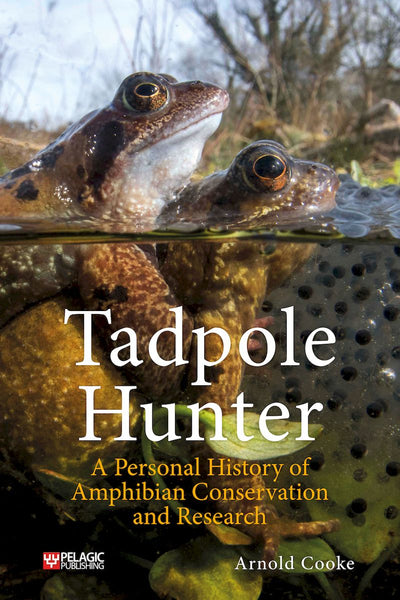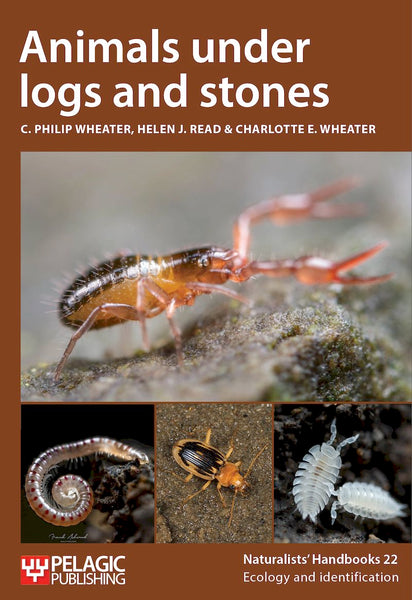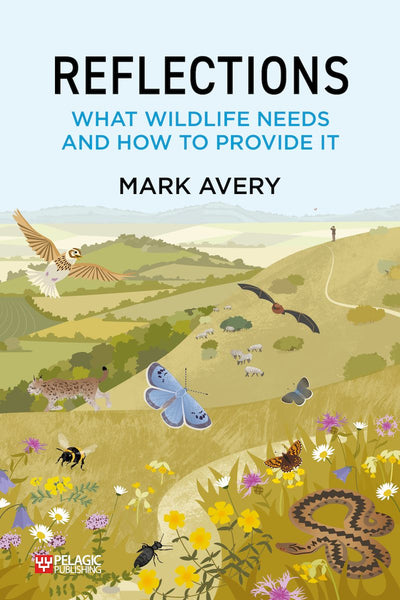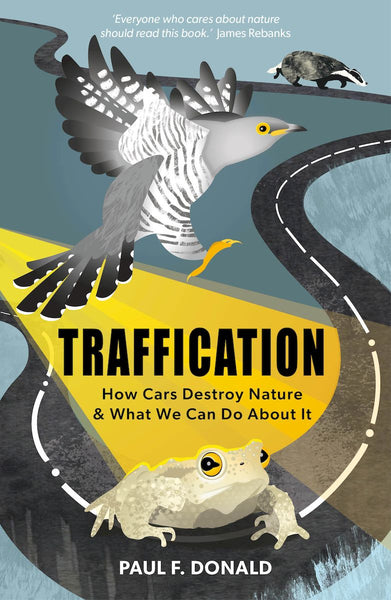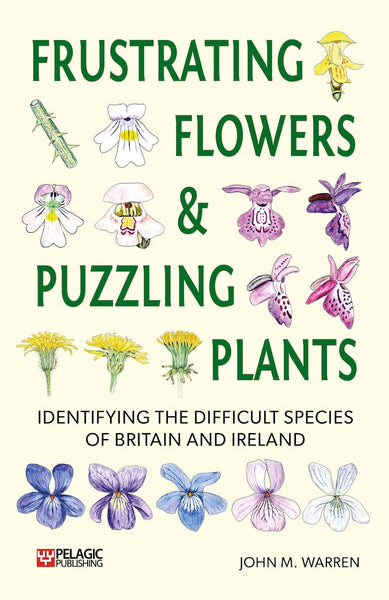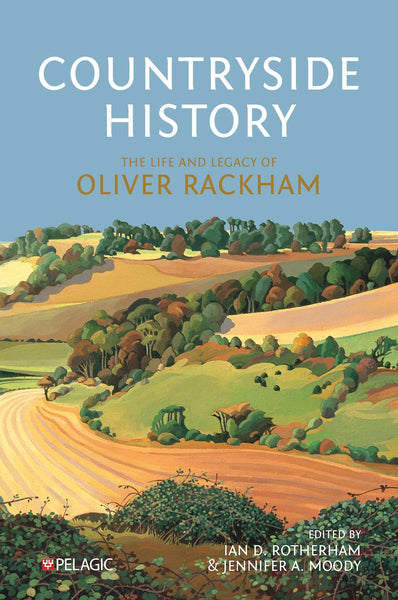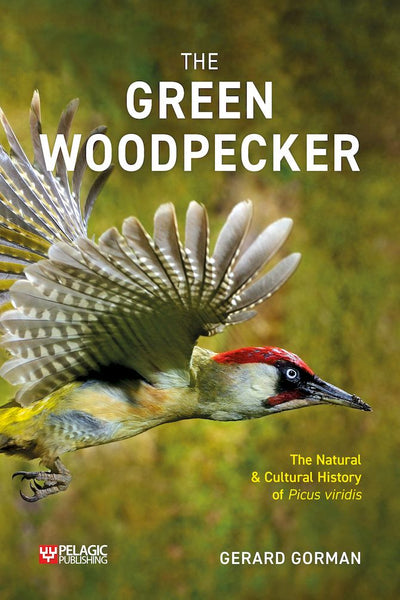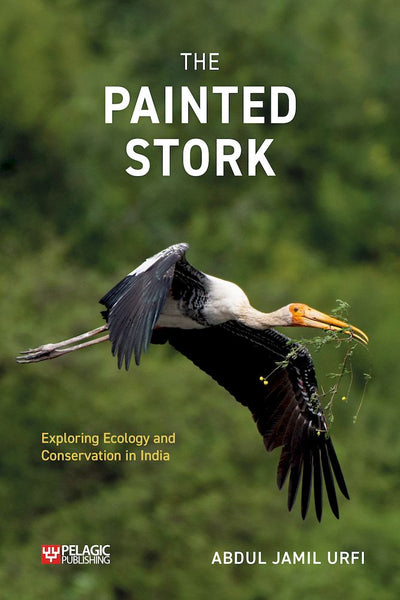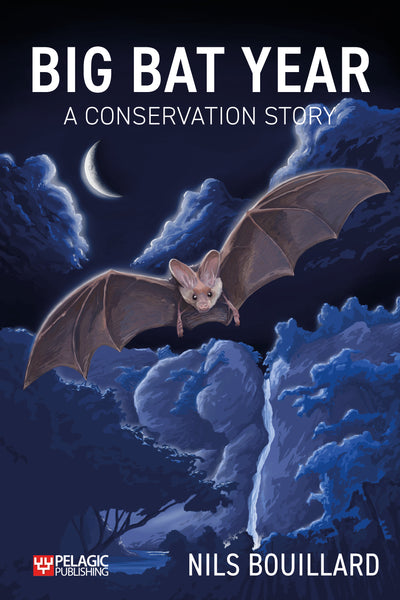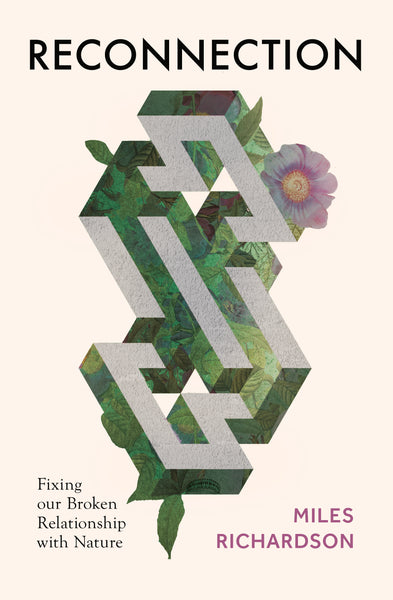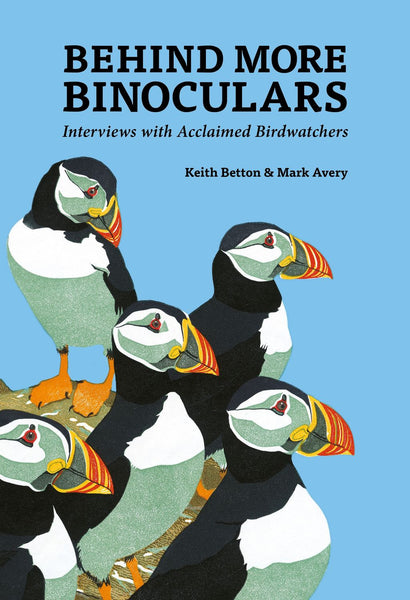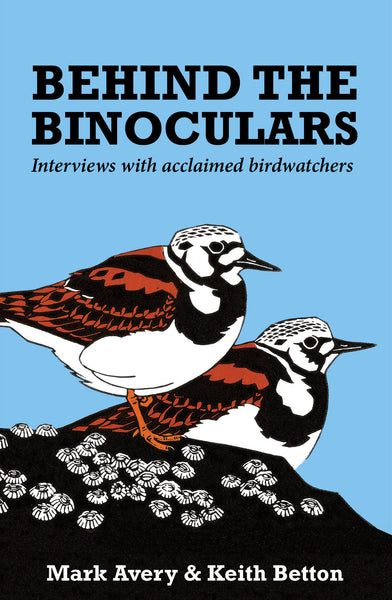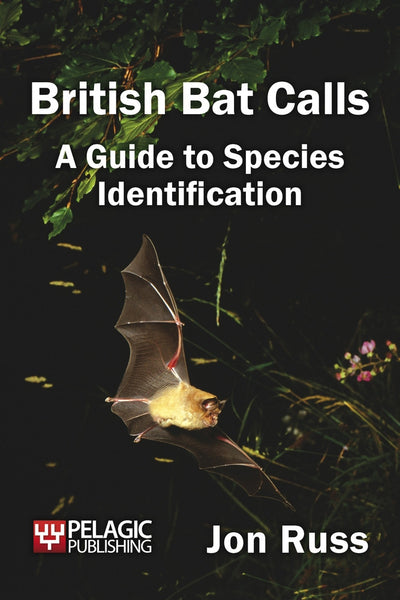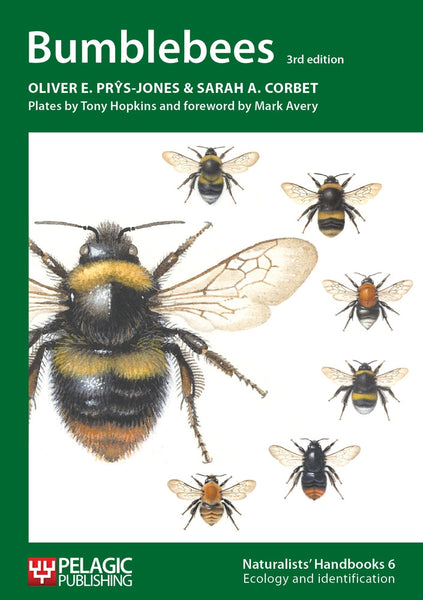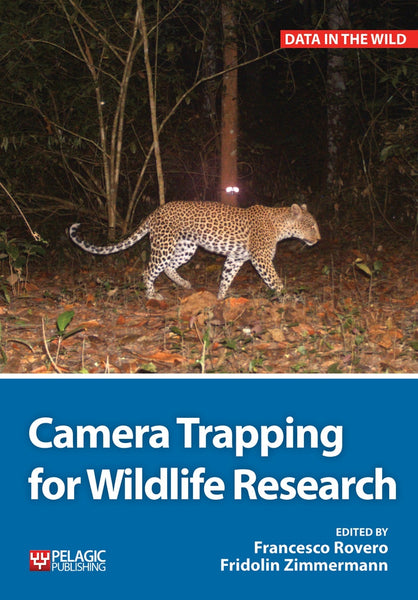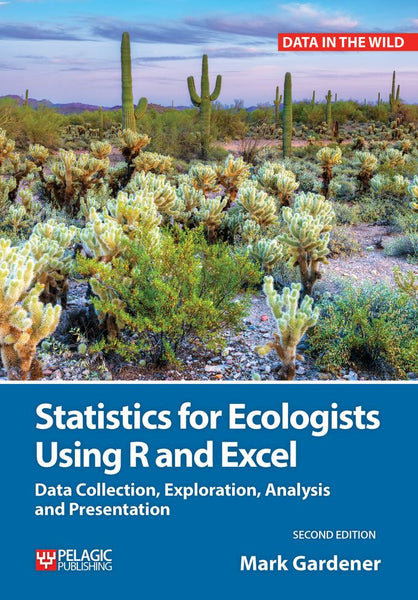Jonny Hanson talks to us about Living with Lynx: Sharing Landscapes with Big Cats, Wolves and Bears.
Could you tell us a little about your background where your interest in large carnivore conservation began?
I have had a lifelong interest in large carnivores and their conservation that was strongly shaped by National Geographic, David Attenborough and visiting zoos as a child, and then by living in Malawi as a teenager. At the same time, I had a parallel interest in agriculture, especially livestock farming, that was cultivated by my experiences with family and friends in Ireland and Africa alike. As a young professional, I pursued a PhD in snow leopard conservation and rural development in Nepal that researched how snow leopards, livestock farming and tourism could share landscapes in the Himalaya.

© Frida Lannerström
What made you decide to write Living with Lynx?
After my PhD, I set up and managed Northern Ireland’s first community-owned farm, successfully integrating conservation and agriculture. At the same time the Lynx UK Trust failed to get a licence for a trial lynx reintroduction in England, in large part due to a lack of consultation and planning with rural and farming communities. Despite this mismanaged attempt, I could see that the idea of apex predator reintroductions to both Britain and Ireland was gaining traction. But I could also see that there was a lack of understanding among rewilders and agriculturalists alike as to what it would take to manage and govern coexistence between lynx reintroductions and sheep farming, never mind with wolves or bears. So I decided to combine all of my practical and academic experience in both conservation and farming to explore the ins and outs of the issue, with an open mind.

What was the biggest challenge you faced whilst writing the book?
I had a few hair-raising animal experiences while researching and writing the book. These included bumping into a herd of very hormonal bison in Yellowstone National Park while on foot, and, closer to home, being charged by an XL Bully. They might have been terrifying at the time but they make for an exciting story! They also usefully illustrate how, on some level, we respond to large carnivores innately and instinctively.
Did you learn anything surprising during the process of getting the book together?
I was taken aback by the level of polarisation and social conflict over wolves in the Netherlands, Switzerland and the USA. Especially on the European legs of my travels, I didn’t expect it to be as intense as it was. There was much less conflict over lynx, as is the case with cat species generally, including with snow leopards. But in all of these cases, the challenge is less with these species in and of themselves, and more with the return of these species, whether through natural recolonisation or, especially, human-led reintroductions. That said, there are also significant benefits from their return, especially in terms of ecology and tourism.

©Hans Veth
What do you hope readers will take away from the book?
That large carnivores are fascinating creatures, and our fascination with them is equally fascinating, at least to me as an environmental social scientist. But our fascination with them is often polarised: loving and hating; wondering and fearing; romanticising and demonising. Among other reasons, that means, as recent events have shown, their potential return to these islands is likely to be complex, contested and costly. This book outlines why that is the case, and what to do about it, whatever your point of view on their reintroduction.

©Federico Di Dio
Do any of your experiences in large carnivore conservation stand out as favourite or most memorable?
Aside from being on the trail of snow leopards in Nepal – still waiting to see one in the wild – or leopards in Malawi – heard one but never saw one – seeing a wolf and several grizzly bears on the same day in Montana while researching this book stands out as a memorable moment that I will treasure forever.
Learn more about Living with Lynx here.






